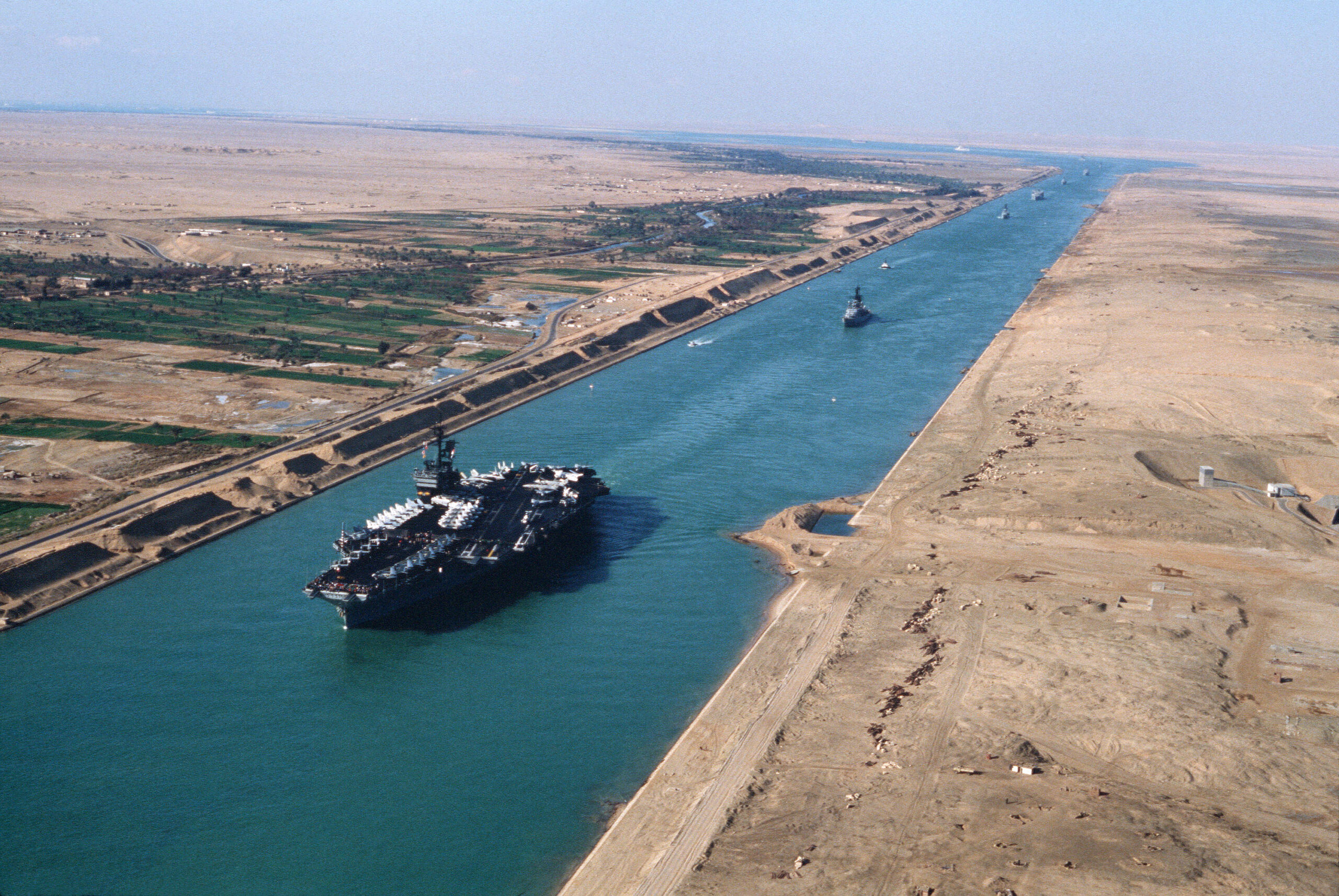In a move aimed at revitalizing traffic through the Suez Canal, the Suez Canal Authority (SCA) announced on 13 May a 15% discount on transit fees for large container vessels. The discount takes effect from 15 May and will run for 90 days.
According to SCA Chairman Osama Rabie, the offer applies to all container ships with a net tonnage of 130,000 or more—regardless of whether they’re laden or in ballast. The goal, he said, is to respond to the needs of shipowners and reaffirm the Suez Canal’s central role in global supply chains, particularly as security conditions in the Red Sea show signs of stabilizing.
To put the numbers into perspective: a 130,000-ton container vessel typically incurs about 500,000 SDR in Suez transit dues. With the new discount, that same ship stands to save around 75,000 SDR—a meaningful cut, especially when stacked against the time and fuel costs of rerouting around the Cape of Good Hope.
While this policy directly targets container ships, its impact could ripple into the dry bulk sector through several potential scenarios:
- Scenario 1: A successful return of container traffic may result in increased congestion at the Suez Canal. In 2024, dry bulk vessels accounted for roughly 4,500 transits through the canal. Hence, longer waiting times would reduce vessel availability, tightening dry bulk tonnage supply and potentially pushing freight rates higher.
- Scenario 2: If the container incentive sees limited uptake, the SCA may extend discounts to dry bulk vessels to sustain overall transit volumes. Given that container ships accounted for 43% of Suez Canal transits in 2023 and bulk carriers 19%, dry bulk could logically be the next target segment. This would likely encourage more bulkers to return to the canal, adding tonnage capacity and exerting downward pressure on freight rates.
- Scenario 3: The policy sees limited traction and the current dynamics persist, which is likely as security concerns in the Red Sea remains a key concern for stakeholders. On 13 May, the Israeli military intercepted a hypersonic missile launched from Yemen, aimed at Ben Gurion Airport. Israeli Prime Minister Netanyahu has stated unequivocally that military operations in Gaza will continue until Hamas is defeated, which suggests that tensions in the Red Sea are far from over.
Regardless of which scenario unfolds, the Handymax and Supramax segments consistently represent about 55% of all dry bulk transits through the Suez Canal from 2022 to 2024, and hence the most exposed to Red Sea risks. In fact, vessel transits in this size category dropped by 40% in 2024—equating to roughly 1,700 fewer voyages, as a result of the Red Sea attacks.
Although this new policy may signal the beginning of a gradual return to normalcy for Red Sea shipping, it does little to address the deeper tensions in the region. Still, it may reflect mounting economic pressure on the Egyptian government—pressure that could prompt Egypt to take a more vocal stance in urging de-escalation in the Israel-Hamas conflict.

